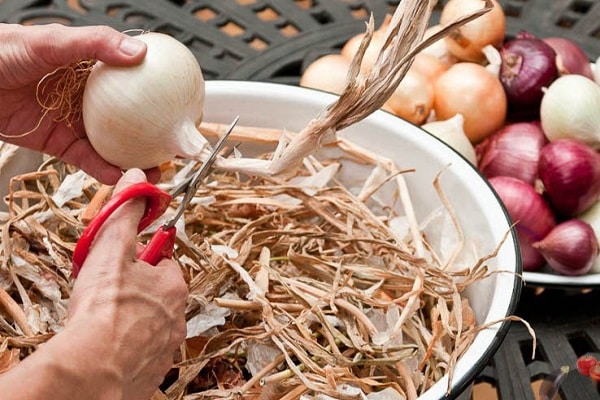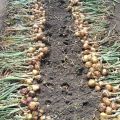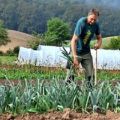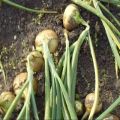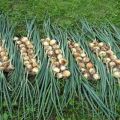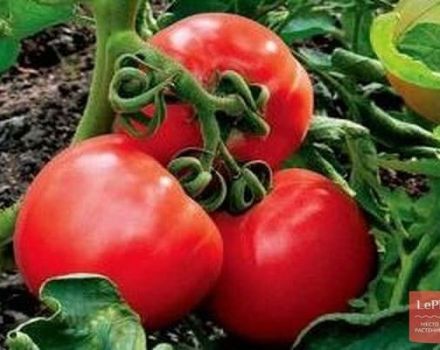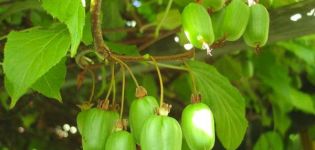When to harvest onions in the Black Earth Region, Voronezh and Belgorod regions, the right timing
Each gardener tries to grow as many vegetables as possible on his site; onions are among the mandatory plantings. It is important to know the time when to remove the onions from the beds, otherwise the heads will overripe, begin to crack and will not be stored. Let's consider when and how to start collecting in the Black Sea region and how to prepare the heads for long-term storage.
Determine the ripeness of the onion
Experienced gardeners determine the maturity of raw materials by external signs. Calculating the term mathematically is problematic for one reason. Weather conditions in the regions differ slightly. This is an important condition for the readiness of plants for harvesting. So, if it is constantly raining outside, then the heads sitting in the ground absorb moisture and the roots rot - such a product is no longer subject to long-term storage. And, on the contrary, when the heat is scorching outside, they ripen faster, the tops dry out and the heads crack, so cleaning should be done earlier.
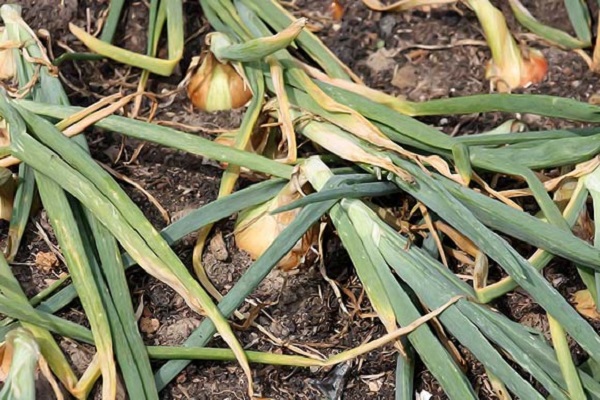
The main indicator of maturity is lodged and semi-dried tops, the scales on the open part of the bulb become dry, amber and dense. The stem near the head dries out, becomes thin and brown. But not the entire crop will ripen at the same time. When 70% of the raw materials are in technical maturity in the garden, they are pulled out of the garden, and the rest are left to ripen.
It happens that unripe fruits with green feathers begin to rot from the roots. This indicates excessive soil moisture, in which case the entire crop must be harvested and dried in a dry room under a canopy. It will ripen without land.
When harvesting an unripe crop, the tops cannot be cut off, they are dried along with the feathers so that the necks have time to dry out and the bulbs are closed. Only after complete closure, the tops are cut off and the heads are prepared for storage. We will find out later how to prepare the harvested crop for storage, and now we will artificially bring the heads in the garden to full maturity.
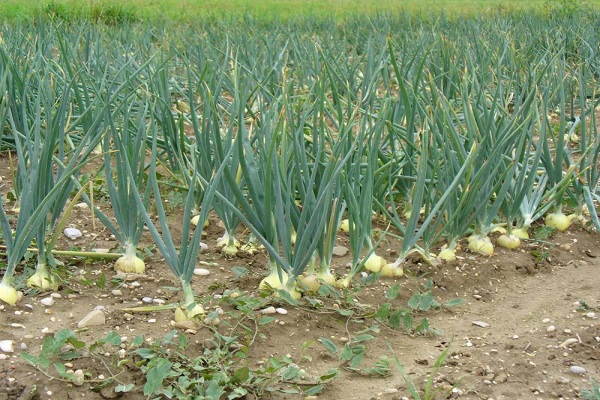
How to make the onions ripen faster in the garden?
If the onion is planted with seeds in the garden, it does not have time to ripen on its own before the start of a cold snap and wet weather. This has a detrimental effect on the future harvest, if such a situation has occurred, you need to make it ripen on its own faster so that the heads in the ground do not fester. To do this, use time-tested methods:
- It is necessary to stop watering the beds, then the heads dry out faster.
- Expose the underground part by about half of the head, then the scales dry out faster in the sun.
- The roots are trimmed at a depth of 5 centimeters - for this, a shovel or knife is used.
- Raise the heads a little out of the ground with a pitchfork, this is done so that the roots break off the ground.
- The beds are watered with salt water - 2 tablespoons are diluted in 10 liters of water and irrigated.
- Feathers are mechanically destroyed - they walk around the garden or roll feathers with their hands.
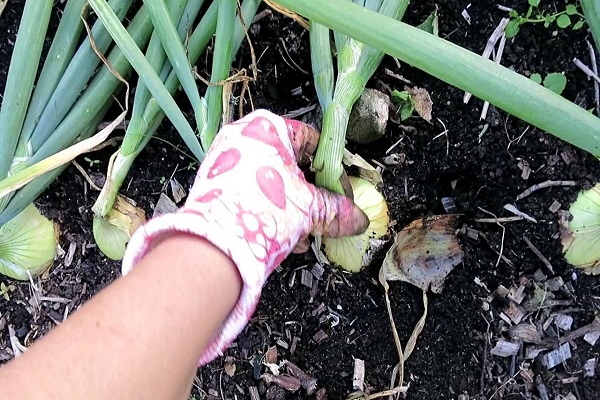
These procedures are carried out on condition that the harvesting calendar date has already come and the weather conditions are worsening, and the feathers are still green and continue to grow.
The calendar date for harvesting onions in the Chernozem region
Most of the bulbous plants in this region ripen in late August - early September. If the heads have already reached technical maturity: the greens have dried up and stopped growing, and the neck has become thinner, the onions are removed from the beds. For this procedure, choose dry and sunny weather so that the onions can dry out in the garden. The heads are pulled out by the roots and left to dry on the beds. So that it ripens evenly, it is distributed throughout the site. Can't be heaped up. So the plants spend another two weeks in the beds. If the weather forecast predicts rain, the crop must be harvested under a canopy so that the heads do not get wet.
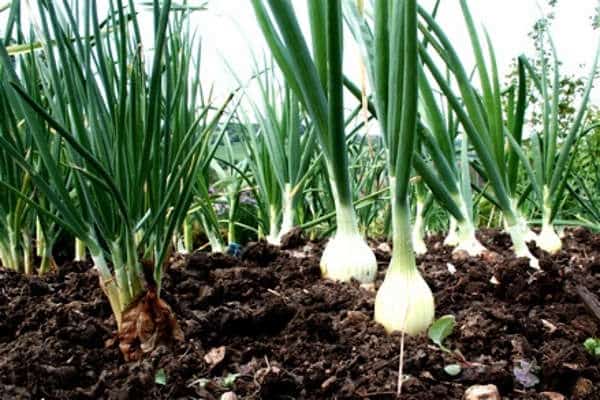
Determine is the onion ready for storage it is possible by several indicators:
- The tops are completely dry.
- The scales have become amber and the upper scales are easily detached from the head.
- The neck has dried and the turnip has closed.
After full readiness, the onions are prepared for storage.

Harvesting winter onions
The Black Earth Region and the Voronezh Region are famous for their mild winters, so many gardeners plant bulbs for the winter. In this case, harvesting begins 2 weeks earlier than with spring plantings.
Early or mid-season varieties are sown for the winter to obtain an early harvest. The collection of these varieties begins in late June or early July. When planted in spring, onions are harvested about two weeks later than winter.
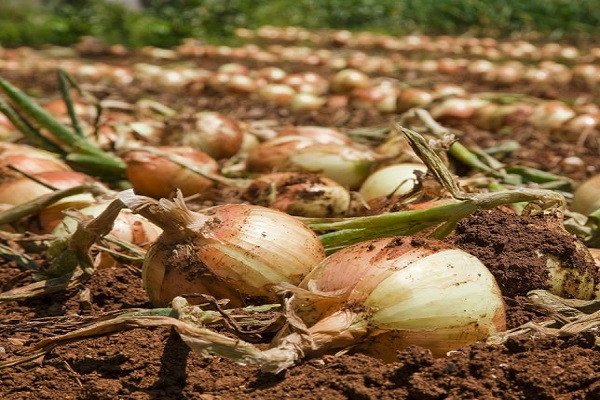
Harvest preparation and storage
Gardeners store onions in different ways and, depending on the method, prepare them differently. If you intend store bulbs in braids, then the tops do not break off completely. You need to leave 20-30 centimeters. They remove easily peeling scales, cut off the roots and remove weak tops, which can come off when braiding. After these procedures, braids are braided and hung up for storage.
When storing in boxes, the tops are not needed. In this case, it is cut off, leaving a distance of 2-3 centimeters from the head, the scales are removed and the roots are cut off. In this form, the bulb must be kept in a dry and warm room for another 2 weeks, and then put into storage in the cellar. They are placed for storage in boxes in layers, shifting each layer with straw or dry grass.
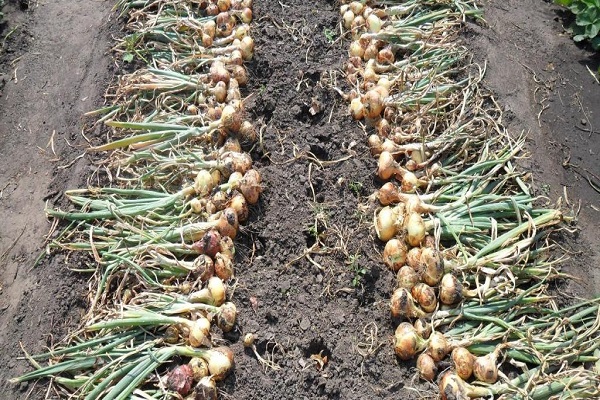
But it is better to store it in a dry place at a temperature of 20 degrees. Then he will definitely not fester and will lie until spring. It is also important to inspect the crop for rot during the entire storage period. If spoiled bulbs are found, they are removed and the remaining crop is dried again.
If it is constantly raining outside, and the crop has come and needs to be removed, do not wait for the rain to stop and the sun to come out. During this time, onions in the beds can fester. In this case, the crop harvested from the beds is prepared differently:
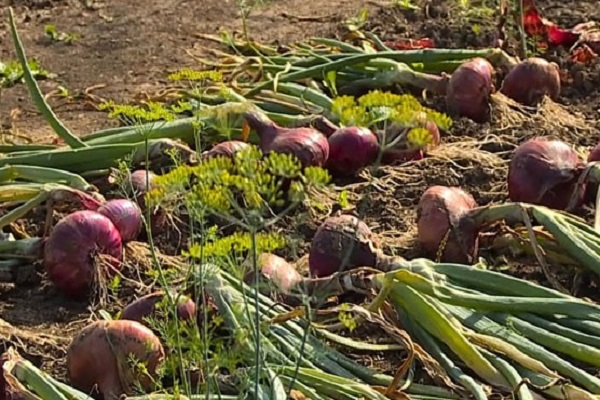
- the tops are cut off immediately after harvesting;
- exfoliate scales that easily come off;
- cut the roots;
- in this state, they are left to dry for two weeks in a dry and warm room.
After drying, the onions are exfoliated again and placed in boxes for storage.
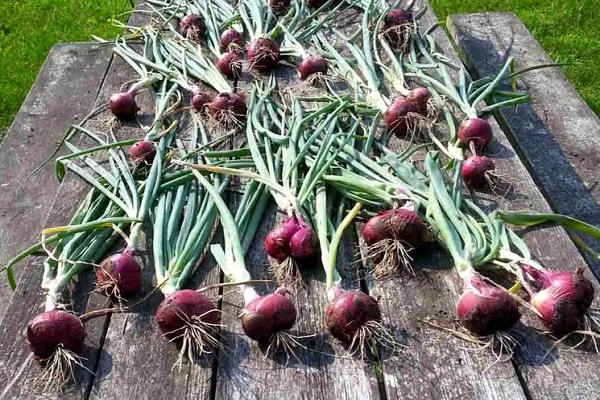
Onion harvesting in other regions
Depending on weather conditions, head ripening rate and growing area, ripening period varies from 60 to 85 days after planting in the ground. So, in the northern regions and central Russia, the onion readiness for harvesting is almost the same:
- In the Moscow region, harvesting begins in late July or early August.
- In Siberia and nearby regions, harvesting begins in mid-August, otherwise the heads will fester.
- In the southern regions, it can be grown until September, provided there is no heavy rain.
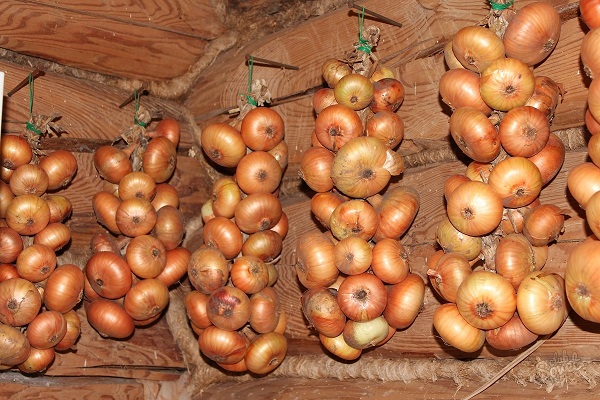
But if the heads are in technical maturity before the expected harvesting date, then it must not be put off, otherwise the heads will overripe and crack, the scales will lag behind the fruit and the onion will not be stored.
We learned the time frame for harvesting onions in the Black Earth Region and other regions of Russia, how to harvest, prepare the heads for storage and store the harvested crop in winter.
